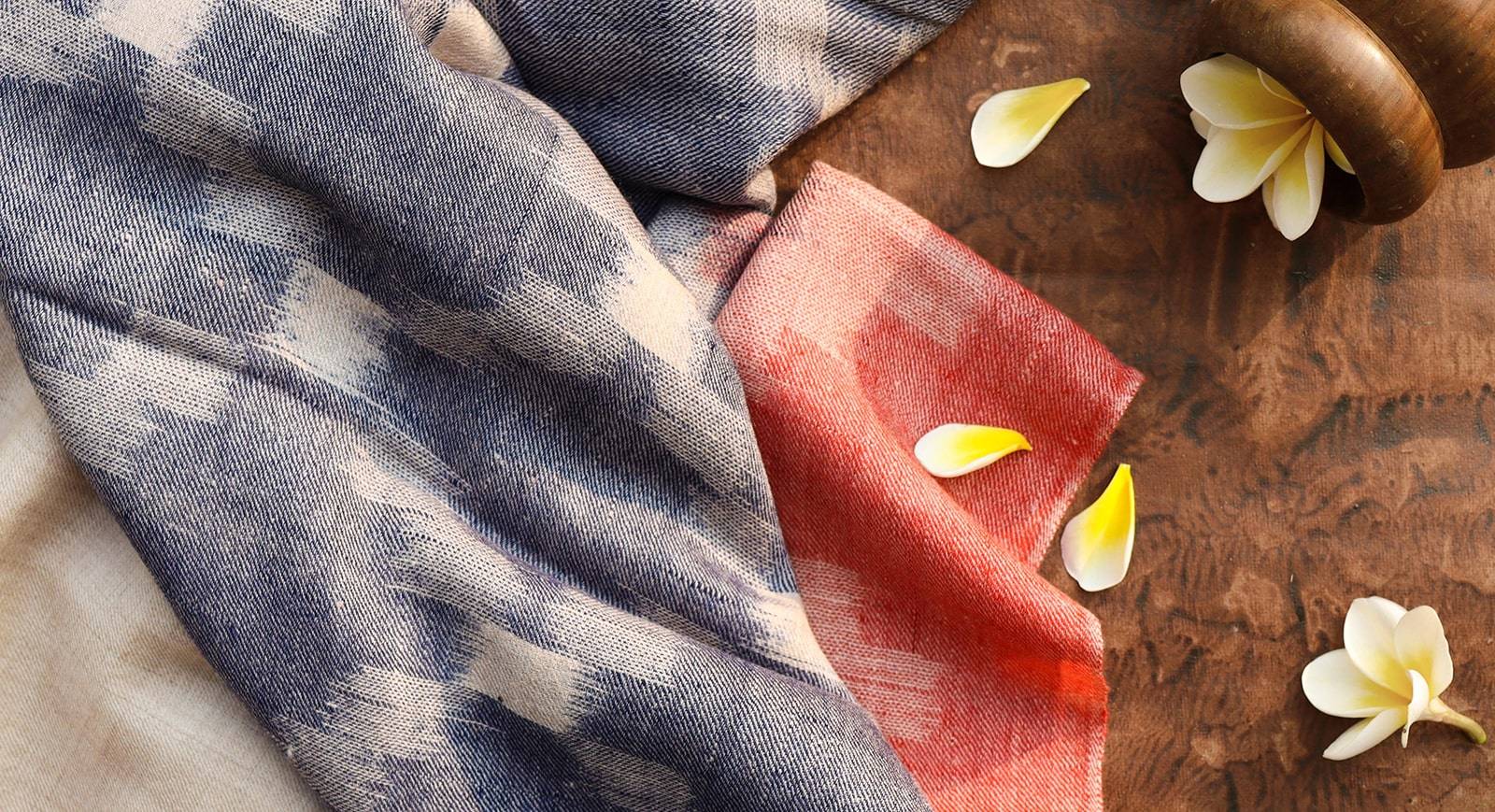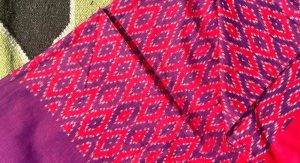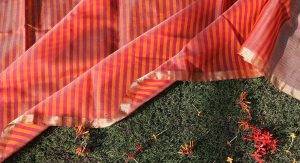
Pashmina – The Craft That Weaves Grace
Pashmina, a luxurious fabric renowned for its warmth, softness, and exquisite beauty, has captivated the world for centuries. Its rich history and intricate craftsmanship make it a true gem of the textile world.
The origins of pashmina can be traced back to the high mountains of Ladakh, India, where Changthangi goats, known for their fine undercoats, roam freely. These goats’ unique ability to thrive in harsh Himalayan conditions led to the discovery of their precious fleece, the foundation of pashmina.
For centuries, the crafting of pashmina has been an integral part of the cultural heritage of Kashmir, India. Artisans have meticulously honed their skills, passing down generations of knowledge and expertise. The process of transforming the delicate fibers into exquisite shawls and scarves is a testament to the artisans’ dedication and passion.
The production of pashmina is a labor-intensive and time-consuming process, requiring immense patience and skill. The journey begins with the careful collection of the Changthangi goats’ undercoats, a delicate process that ensures the preservation of the fiber’s quality. Once harvested, the fibers undergo a series of intricate steps, including cleaning, sorting, spinning, and weaving. Each stage demands meticulous attention to detail, ensuring the preservation of the fiber’s natural qualities. The result is a fabric of exceptional fineness and softness, unmatched by any other.
One often-overlooked aspect of pashmina is its sustainability. The harvesting of the Changthangi goats’ undercoats is a natural process that does not harm the animals. In fact, it plays a crucial role in their well-being, regulating their body temperature during the harsh Himalayan winters.
The use of natural dyes and traditional techniques further enhances the sustainability of pashmina production. This commitment to eco-friendly practices makes pashmina a truly remarkable textile, not only for its beauty but also for its ethical production.
Pashmina’s timeless elegance and enduring popularity continue to captivate the world, making it a true treasure among textiles.





